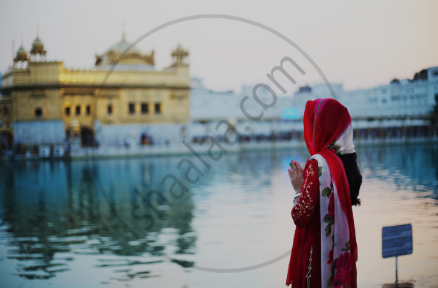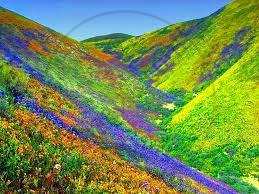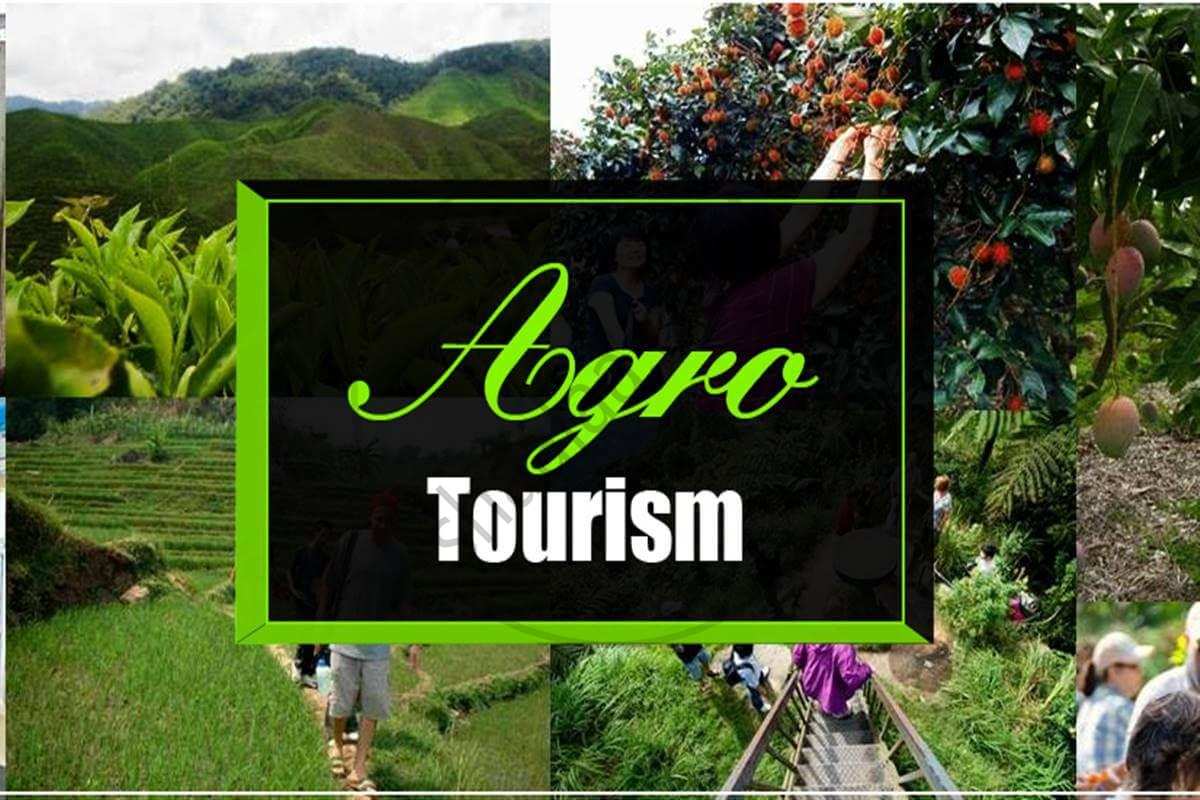Topics
Historiography : Development in the West
History : Applied History
Working of the Constitution
Historiography : Indian Tradition
The Electoral Process
Political Science : Working of the Indian Constitution
Applied History
Political Parties
History of Indian Arts
- What is ‘Art’?
- Indian Traditions of Visual Arts (Drik Kala): Painting
- Prehistoric Paintings
- Mural Paintings and Cave Painting
- Folk Styles of Paintings
- Classical Styles of Painting
- Miniature Paintings in Manuscripts
- Modern Indian Paintings
- Indian Traditions of Visual Arts (Drik Kala): Sculpture Art
- Indus Civilization Sculpture
- Folk Styles of Sculptural Art
- Classical Styles of Sculptural Art
- Indian Iconography
- Indian Traditions of Visual Arts (Drik Kala): Architecture and Sculpture
- Rock-cut Architecture
- Temple Architecture
- Indo-Islamic Architecture
- Indo-Gothic architecture
- Indian Traditions of Performing Arts
- Indian Theatre
- Indian Music
- Indian Dance
- Present Scenario of the Performing Arts
- Art, Applied Art, and Professional Opportunities
Social and Political Movements
- Movement
- Important Movements in India
- Tribal Movement
- Farmers Movement
- Worker's Movements
- Women’s Movement
- Environment Movements
- Consumer Movement
Mass Media and History
Challenges Faced by Indian Democracy
Entertainment and History
Sports and History
Tourism and History
Heritage Management
History - Imperialism
History - 20th Century Age of conflict
History - Emancipation of Asia and Africa
History - World after World War 2
Political Science
Geographical discoveries and colonization
- Concept for Geographical Discoveries and Colonization
Africa
- Imperialism - Africa
Asia: India, China, Japan
- Concept for Asia: India, China, Japan
Dictatorships in Europe, Second World War and world
- Concept on Dictatorships in Europe
- Concept for Second World War and World
First world war
- Concept on First World War
The League of Nations
- Concept for the League of Nations
Russian Revolution
- Concept for Russian Revolution
United Nations Organization
- Concept for United Nations Organization
Africa
- Emancipation of Africa
Asia
- Emancipation of Asia
Globalization
- Globalization After World War II
Scientific and Technological Progress
- Scientific and Technological Progress After World War II
Cold war
- Formation of the Cold War
Social Diversity and Democracy
- Social Diversity
- Coccept for Caste/Race and Democracy
- Concept for Language and Democracy
- Cocnept for Religion and Democracy
- Concept for Gender and Democracy
- Concept for Democracy and Diversity
Challenges to Democracy Remedial Measures to the Challenges
- Concept for Challenges to Democracy Remedial Measures to the Challenges
Internal work
Democracy
- Democracy - Meaning, Types and Characteristics
Political Parties and Types
- Political Parties
- Importance of Political Parties
- Major National and Regional Parties in India/ Types of Political Parties
Notes
Types of Tourism
- Today's tourist industry works independently on a local, interstate, national, and worldwide scale.
- Tourism is encouraged by the desire to visit local and worldwide landmarks, historic locations, stunning natural areas, historic handicraft centres, pilgrimage sites, commercial centres, and other locations.
- Visitors from all over the world are drawn to natural and man-made places because they provide an enjoyable and breathtaking experience.
- Snow-capped peaks, beaches, and pure jungles-places that were previously ignored-became popular tourist destinations.
- Special audio-visual presentations by the mass media that showcase tourist attractions have started.
1. Local and Interstate Tourism:
- Tourism that only takes place within a specific nation's borders is known as Local and Interstate tourism. It is also known as 'Domestic Tourism'.
- It is not extremely demanding. We may schedule it for a time that works for us.
- It doesn't lead to issues with language, getting money, or getting paperwork.
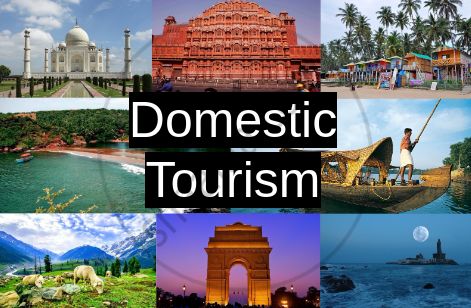
2. International Tourism:
- Cross-border travel is considered international travel.
- For international travel, a variety of formal documents are required.
- Because there are now so many options for train, sea, and air transportation, travelling has been easier nowadays.
- The number of individuals travelling back and forth from India has significantly grown as a result of the Indian government's economic liberalisation programme.
- They include those who travel for work-related purposes (meetings, agreements, etc.), enjoyment, sightseeing, filming, and academic purposes.
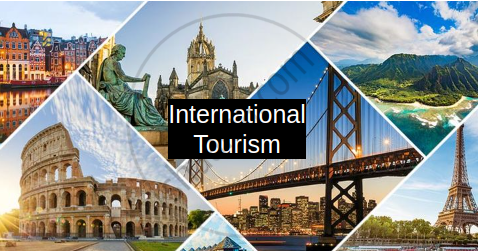
3. Historical Tourism:
- Travelling primarily for the aim of learning about a place's history and heritage is known as historical or heritage tourism.
- In this connection, it should be recalled that renowned Marathi author Gopal Neelkanth Dandekar used to organise trekking trips to Maharashtra forts in order to study the locations of Chhatrapati Shivaji Maharaj and his achievements.
- Additionally, tours are organised to significant historical locations in India, including Rajasthani forts, the ashrams of Mahatma Gandhi and Acharya Vinoba Bhave, major locations connected to the 1857 Indian War of Independence, etc.
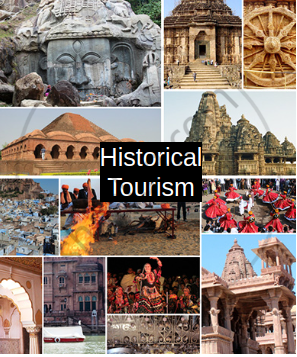
5. Religious Tourism:
- There are people from many different religious communities all around the world.
- They are indeed united by their mythical traditions and the locations connected to those stories.
- This sparks an interest in visiting particular locations and gives rise to religious tourism.
- The structures carried out by Ahilyabai Holkar using her own money are remarkable in this regard.
- Ahalyabai wants to offer the best amenities along the Chardham Yatra and Bara Jyotirlinga pilgrimage routes.
|
Golden Temple |
6. Geographic Tourism:
- This kind of tourism is travelling to locations to view special geographic features of an area.
- It comprises a number of parks and wildlife sanctuaries, locations like the Valley of Flowers in Uttarakhand, a number of beaches, and unusual geological wonders like the Lonar Crater Lake and the Ranjankhalage (naturally formed rock caverns) at Nighoj in Maharashtra.
- To satisfy their curiosity, many travellers like visiting these locations.
|
Valley of flowers |
7. Health Tourism:
- The healthcare facilities and services in India are significantly less costly and of high quality than those in western nations.
- As a result, many foreigners choose to travel to India to use healthcare facilities and services.
- India, a tropical nation, receives enough sunshine all year round. As a result, cold-weather tourists are drawn to India.
- One further incentive to wish to travel to India is the availability of facilities for yoga instruction and Ayurvedic remedies.
|
|
8. Agro-Tourism :
- Agrotourism, commonly referred to as agritourism, is fast growing and is aimed mostly at the urban population, who has limited exposure to rural life and agriculture.
- Farmers from India are now travelling to far-off locations like agricultural research facilities, colleges, and nations like Israel where experiments in cutting-edge agricultural technology are being conducted.
|
|
9. Sports Tourism:
- The 20th century saw the development of sports tourism.
- International sporting events like the Olympics, Wimbledon, the World Chess Championship, and international cricket competitions are all organised.
- On a national level, there are competitions like the Himalayan Car Rally and competitions like the Maharashtra Kesari.
- State-level wrestling tournaments are organised.
- Travelling for such events is referred to as sports tourism.
 |
10. Tourism based on Special Events:
- People love to travel, and they frequently search for different reasons for doing so.
- Such events are frequently held in the twenty-first century and aid in promoting travel.
- These unique events include things like film festivals, numerous seminars and conferences, international book displays, etc.
- People frequently travel to other locations to attend these unique events.
- Every year, a large number of book lovers from Maharashtra go to attend the 'Akhil Bhartiya Marathi Sahitya Sammelan' (Pan Indian Marathi Literary Convention).
If you would like to contribute notes or other learning material, please submit them using the button below.
